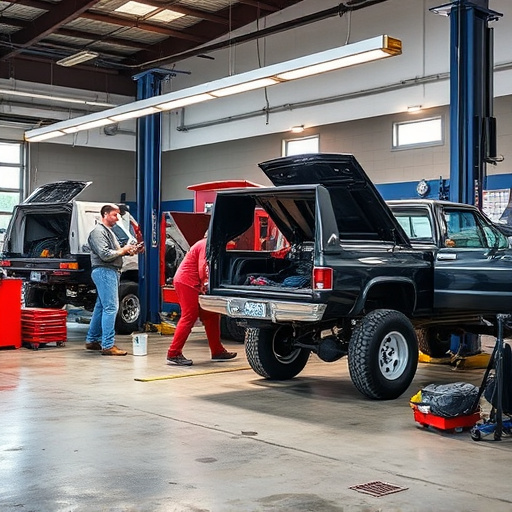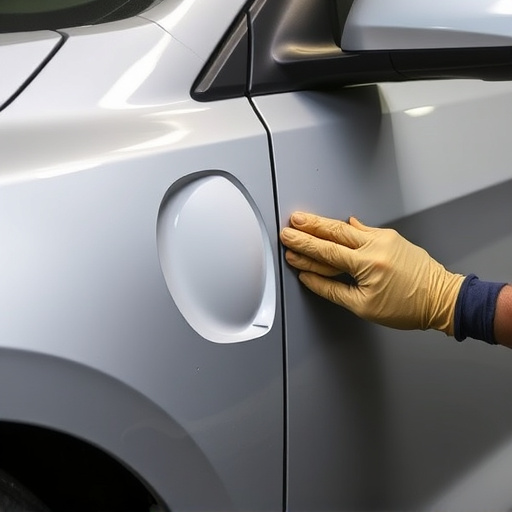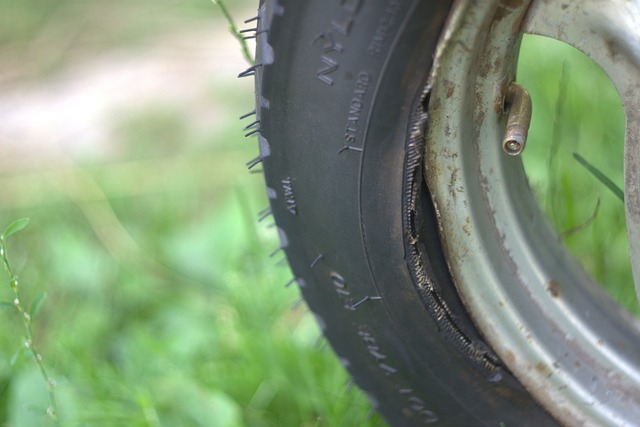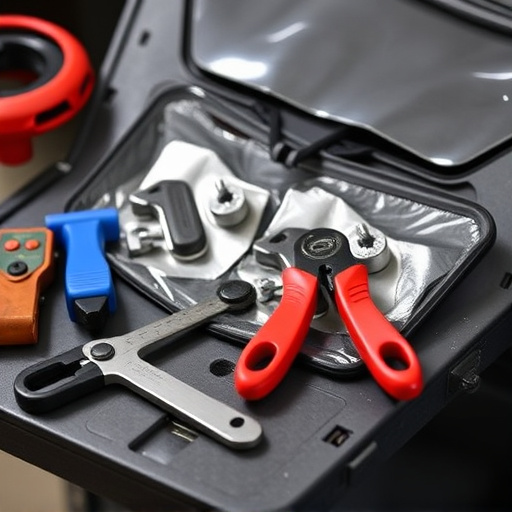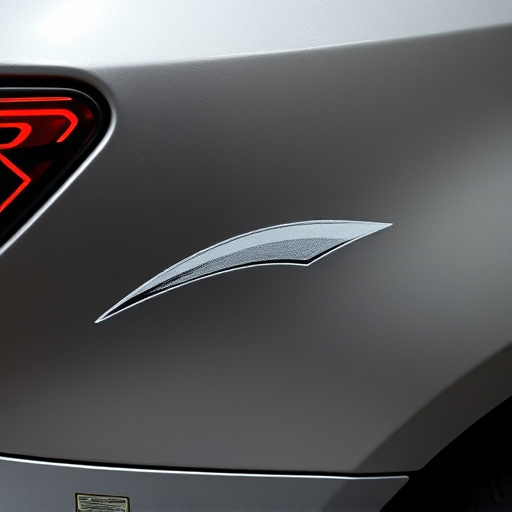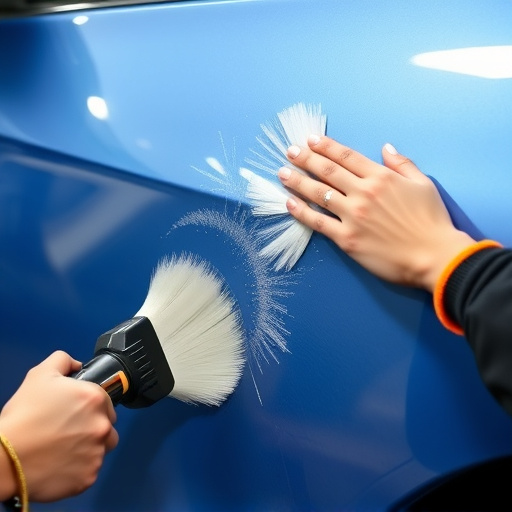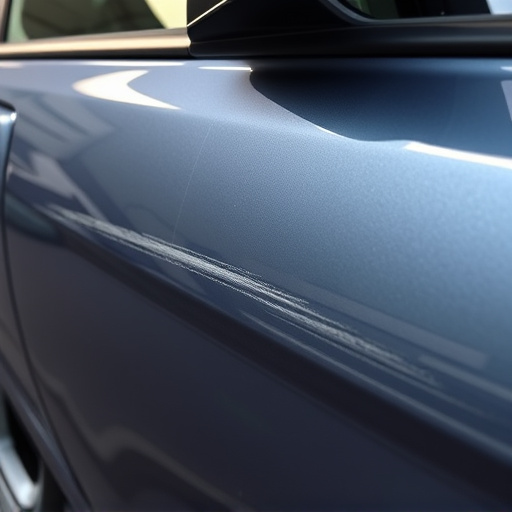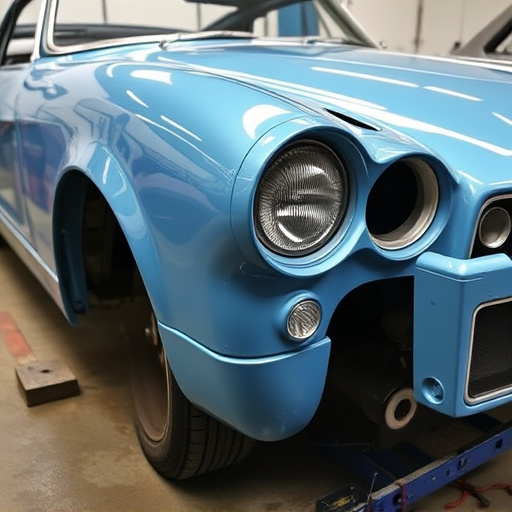Thorough inspection is key to effective ice damage collision repair. Auto experts assess door seals, structural integrity, and hidden issues like water intrusion points, ensuring accurate diagnosis and restoration of vehicle components. Regular comprehensive inspections prevent costly future repairs, enhance safety, and promote robust vehicles against ice-related damage during cold weather.
Ice damage can cause subtle yet significant issues in vehicle repairs, often going unnoticed. This comprehensive guide delves into the critical importance of thorough inspection in every ice damage collision repair job. Understanding hidden problems is key to ensuring accurate fixes and preventing future complications. By examining specific components affected by icy conditions, technicians can deliver superior results, enhancing long-term reliability and performance. Embrace a meticulous approach to repairs with these insights on navigating the complexities of ice damage collision repair.
- Understanding Ice Damage: Unveiling Common Hidden Issues
- The Role of Inspection in Ensuring Accurate Repairs
- Long-Term Benefits: Preventing Future Ice-Related Problems
Understanding Ice Damage: Unveiling Common Hidden Issues
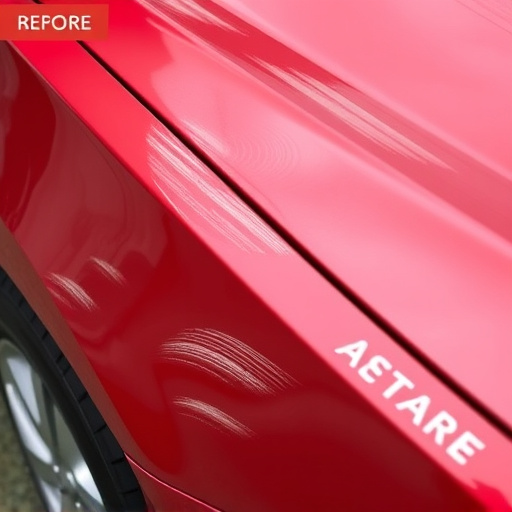
Ice damage can often go beyond what’s immediately visible, making it crucial for any ice damage collision repair to involve a thorough inspection. While some dents and cracks may be apparent, hidden issues like weakened structural components, damaged or compromised seals, and water intrusion points could have significant implications down the line. These unseen problems can lead to further corrosion, reduced vehicle safety, and costly additional repairs if left undiscovered during the initial assessment phase.
During an ice damage collision repair process, auto experts need to inspect areas like door seals, window frameworks, and the underbody meticulously. Car bodywork services should also consider checking for tire and wheel damage as well as potential issues with brakes and suspension systems due to the unique stresses imposed by freezing conditions. Understanding these hidden risks is key to ensuring comprehensive ice damage collision repair, not just superficial fixing, and maintaining vehicle integrity, safety, and performance over time. Moreover, seeking professional auto repair near me from experienced technicians can help ensure that any ice-related auto damage is addressed effectively, minimizing future costs and inconveniences related to secondary repairs.
The Role of Inspection in Ensuring Accurate Repairs
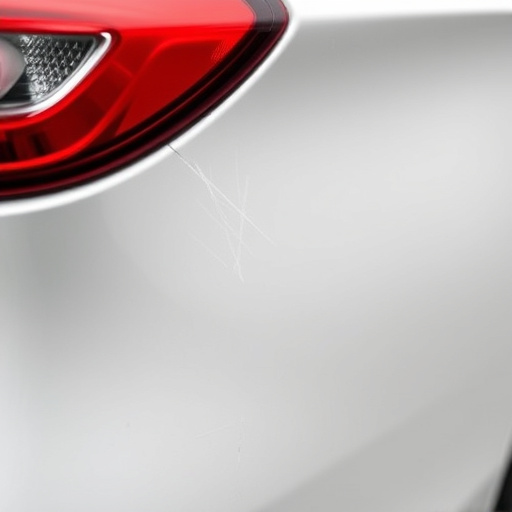
In every ice damage collision repair job, thorough inspection plays a pivotal role in ensuring accurate and reliable repairs. It serves as the foundation for a successful restoration process. By meticulously examining the vehicle, technicians can identify not just visible damages but also hidden intricacies affected by freezing temperatures. This includes assessing structural integrity, checking for internal cracks or deformations, and evaluating components like fender repair needs, tire services, and car bodywork services that may have been compromised during the ice event.
A comprehensive inspection allows for a more precise diagnosis, guiding the repair team to use the right materials and techniques tailored to specific damage types. It prevents misdiagnosis and subsequent incorrect repairs, ensuring that every element of the vehicle is restored to its optimal condition. In essence, the initial inspection step in ice damage collision repair acts as a quality control measure, guaranteeing customers receive top-notch services for their vehicles.
Long-Term Benefits: Preventing Future Ice-Related Problems
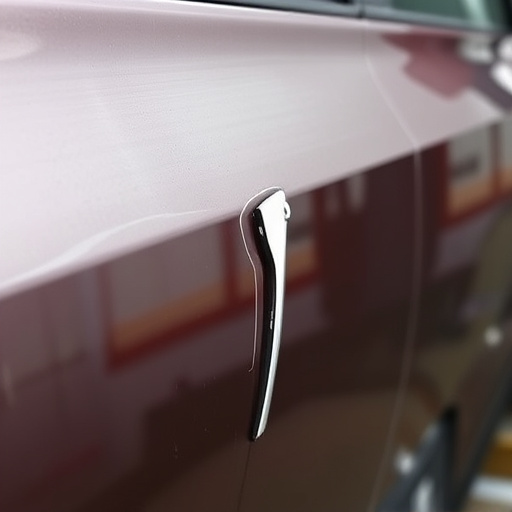
A thorough inspection is not just a crucial step in any ice damage collision repair job but also a key to preventing future issues related to ice and cold weather conditions. When conducted correctly, inspections identify weak points and potential hidden damages that might go unnoticed during initial assessments. This proactive approach ensures that every component of the vehicle is thoroughly examined, from the exterior body panels to the intricate internal systems. By addressing these issues early on, repair professionals can prevent further deterioration caused by ice buildup, freezing temperatures, and subsequent thawing cycles.
Investing in a comprehensive inspection as part of fleet repair services or regular car repair shop maintenance routines pays dividends over time. It reduces the likelihood of costly repairs down the line, enhances vehicle reliability, and ultimately contributes to safer driving conditions during winter months. Moreover, for those offering automotive restoration services, meticulous pre-and post-winter inspections can be a differentiator, ensuring restored vehicles are not only visually stunning but also robust against ice damage’s subtle yet damaging effects.
Ice damage can leave hidden issues that are often overlooked, but thorough inspection is key to ensuring accurate and long-lasting repairs in every ice damage collision repair job. By carefully assessing the vehicle, technicians can identify potential problems like delaminated panels or compromised structural integrity, preventing future ice-related issues and ensuring a safe, reliable ride. This meticulous approach not only enhances the quality of repairs but also safeguards against costly, recurring damage.
